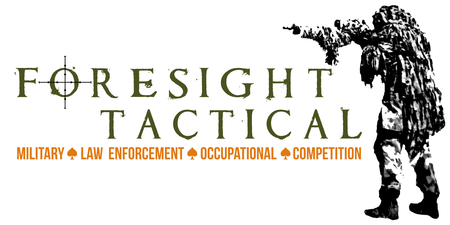Most shooters would have come across various types of marksmanship fault correction charts, such as the customary pistol correction chart shown below. They come in various styles, and can be found for both pistols and rifles, but what they all have in common is that they attempt to identify what firing faults are occurring based on shot placement. If the rounds are here you must be doing this...right? Wrong!

In reality these charts are of negligible benefit to both shooter and coach for most real world shooting applications. There is no one size fits all approach to coaching and more often than not, the reasons for individual shots or shot groups ending up other than where the shooter intended are different to what is indicated on the charts. More importantly a good coach won't be watching the target, they will be watching what the shooter is doing. After the string of fire, they may use the target as verification of what they observed but most times a good coach will know whether a shot is good or bad before they ever glance at the target.

In any event, the fault correction charts miss the whole point of coaching. The purpose of coaching isn't to tell the student what they are doing wrong, it is to help them to learn to perform a task better. Telling a student what they are doing wrong doesn't tell them how to improve. Many a student has become frustrated by an instructor telling them over and over that they are flinching/snatching etc with no usable input on how to fix the problem. Likewise, even where the instructor has correctly identified a fault, telling a student to fix something doesn't provide them with the means to fix it. Telling someone over and over to "Fix your grip" doesn't help them do it. As a coach you need to work with the student to come up with a solution that they are able to understand and apply. This may seem obvious but we have seen plenty of "coaching" that tells us that it isn't.
